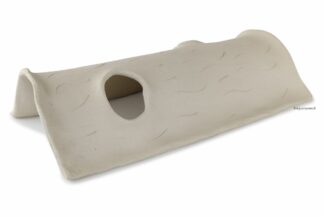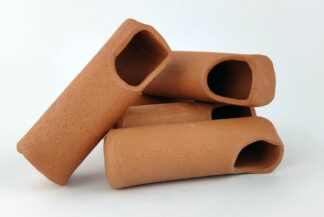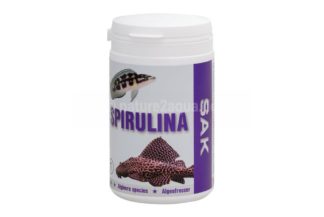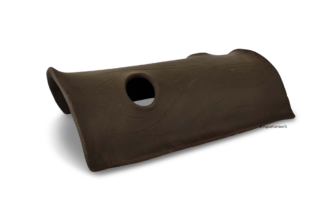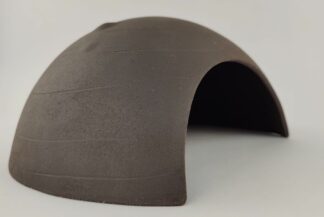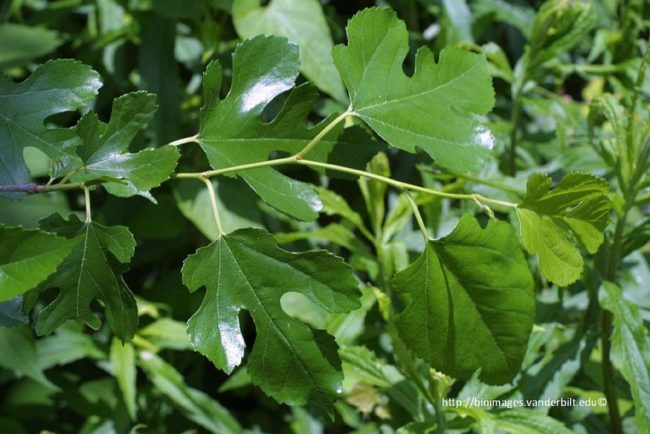
Mulberry leaves have always been used to feed silkworms. Less well known is their use in Chinese folk medicine as a remedy for various infections such as cystitis and colds.
Mulberry leaves also play a role in animal husbandry. For example, mulberry leaves have a remarkably high protein content of 15-25%, which makes them interesting for feeding dairy cattle.
In aquaristics, a green food with such a remarkably high protein content is also very valuable. As food for invertebrates such as shrimps, other ingredients are also very interesting in addition to the protein, including the very high proportion of calcium. This and the vitamins, amino acids and trace elements it contains (including zinc, boron, manganese, fluorine and phosphorus) make mulberry leaves an excellent food that has a positive effect on the growth and moulting of shrimps.
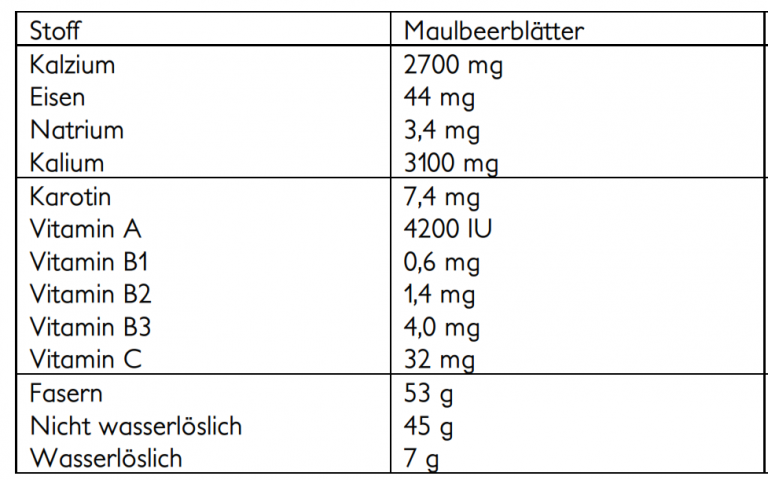
Use in the aquarium:
Briefly scald the dried leaves with hot water and leave to infuse for a few minutes. Allow to cool before adding to the aquarium.
Both the leaves themselves and the microorganisms that initially colonise them are consumed by the shrimps.
Available in our Shop.
Literature:
1 Dr. med. Heinz Lüscher: Maulbeerblätter, https://www.vitalstoffmedizin.ch/index.php/de/wirkstoffe/maulbeer
L. Liang, X. Wu, M. Zhu, W. Zhao, F. Li, Y. Zou: Chemical composition, nutritional value, and antioxidant activities of eight mulberry cultivars from China. Pharmacognosy Magazine 8(31):215-24 · July 2012

